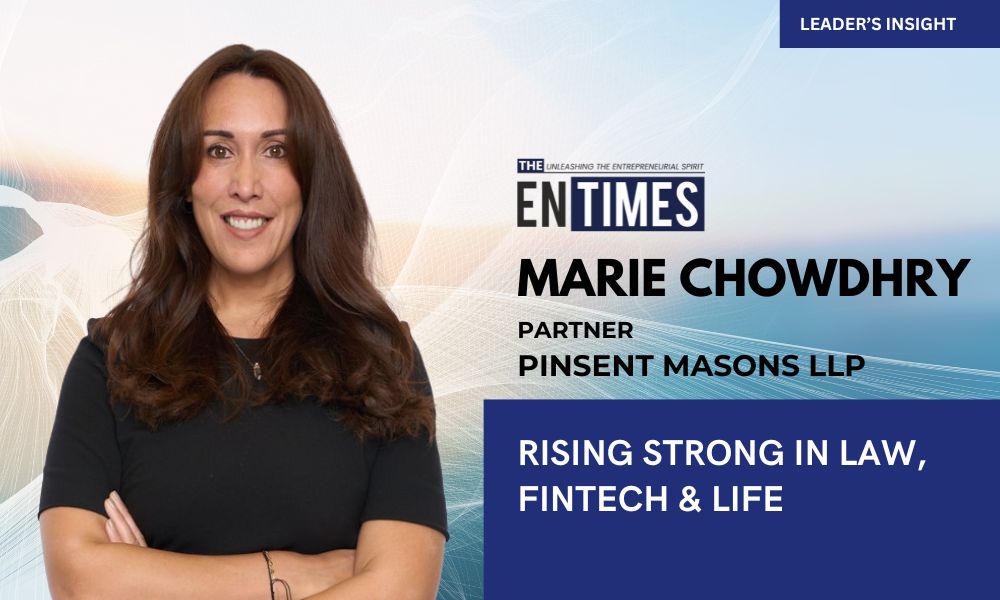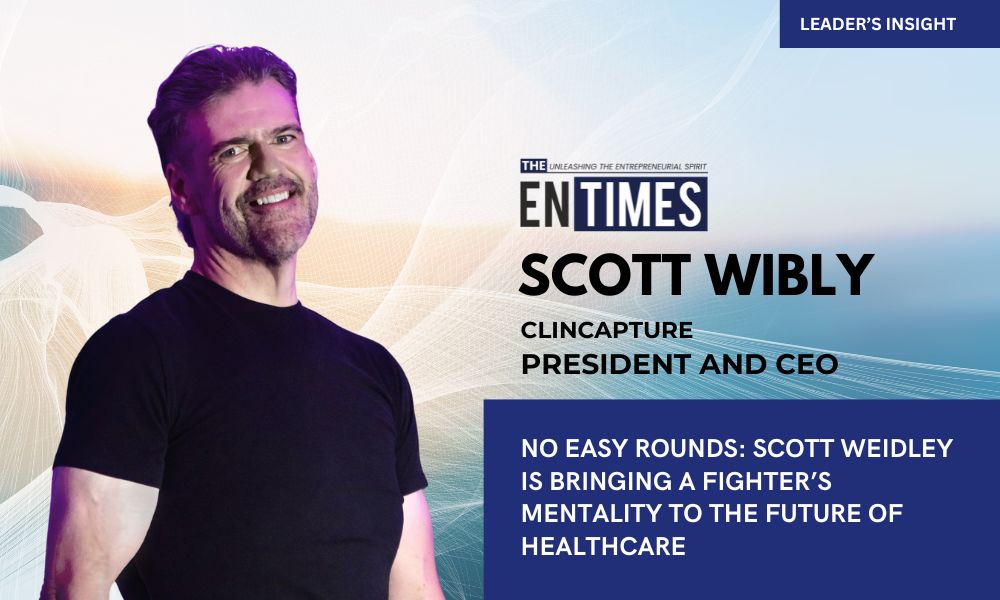In the fast-paced world of B2B marketing, the difference between failure and success often comes down to a leader’s ability to empower. By building a framework and a team that enables one to delegate authority, a leader can maximize output and set the foundations for scale.
Few leaders have embodied the concept of empowerment more than Joe Garber. A multi-time CMO and current fractional CMO practice lead for Kainos Consulting, a 20-year-old management consulting firm, Garber has served on the front lines of numerous success stories.
As CMO of Axiad, a cybersecurity software vendor serving enterprise and public sector customers, he led a complete overhaul of the marketing department. This included a comprehensive rebranding effort, the construction of a modern demand generation engine and MarTech stack, and a realignment of several internal and outsourced resources.
Two years later, the company notched its best four individual quarters (from a marketing funnel perspective) in its 12-year history and 100% net-new ARR growth year-over-year. Axiad was also recognized as a finalist for “Excellence in Brand Activation & Experience” in Gartner Research’s annual marketing and communications awards and he was named CMO of the Year by GRC Outlook Magazine following these efforts.
Garber has similarly led growth initiatives for $200M+ business units at Hewlett Packard Enterprise, Quest Software, and HP and for early-stage companies like RenewData. He is quick to point out that his success is built on his ability to leverage the strengths and passions of those around him, however.
“Business success ultimately comes down to growth, and rarely is that accomplished on your own. The most successful executives I know recognize they have strengths and weaknesses, and they know how to tap into others – and leverage technology and process – to close the gaps. But that success isn’t just accomplished simply through delegation. It’s about building clarity, culture, and consistency across teams, and then aligning strategy, process, and purpose.”
Demand Built on Empowering Extended Teams
Garber has led demand generation teams for more than 15 years – crafting strategy and leading execution via direct or matrixed teams in up to 50 countries worldwide. He naturally has learned to delegate to trusted individuals who directly report to him. But he has also learned how to empower extended teams to build sustainable pipeline as well.
For instance, he is a believer in outsourcing certain highly specialized or hard-to-retain roles to third parties. At Axiad, he outsourced digital marketing to a specialized media agency for SEO optimization, plus executing pay-per-click and paid social campaigns that required a unique skillset. He also shifted outbound calling resources (business development representatives) to an outside organization that specialized in attracting, training, and retaining these valuable assets.
A common thread to success in empowering these outside teams is alignment on the fundamentals. Garber is quick to make sure that any supporting function is clear on who they are marketing to (the ideal customer profile and target personas), core messaging, and what success looks like (as defined by target metrics or KPIs).
Growth Driven by Customer Empowerment
Oftentimes, marketing is so focused on building demand via new logos that it takes its eye off another important element to growth – existing customers. According to Garber, this is a recipe for business slowdown, as customers who are feeling unfulfilled often jump to competitive offerings. This churn of course leads to lower net revenue retention (NRR) but also requires more expensive outreach to net-new prospects to make up the difference.
As former head of corporate marketing for a global public company, Garber was responsible for customer advocacy across thousands of the company’s buyers. He understood the importance of connecting with them to gather testimonials and “voice-of-customer” that could help build the organization’s market credibility. He soon realized that another core part of his role was to gather feedback from these customers for empowering them to attain maximum value from their investments.
Garber executed customer events on five continents, employed teams to regularly touch base with these organizations and solicit input from them, and organized executive-level advisory boards to foster open dialogue. He also actively engaged with industry analysts who served as a proxy for emerging customer needs. He then formalized a mechanism for gathering and codifying this information to ensure this critical insight was delivered to appropriate product development teams. That company subsequently registered a successful exit at nearly $6B.
Scale Via Empowering (AI) Technology
Empowerment is not only applicable to people, and this is particularly true at this juncture in history as artificial intelligence becomes a trusted marketing ally. Garber has embraced this technology and employs it for a variety of business-critical actions, including:
- Segmentation: Refining the ideal customer profile and identifying new potential “more like this” targets.
- Market Analysis: Extracting customer insights and understanding buying propensity by applying predictive analytics to intent data.
- Content Creation: Developing marketing copy, subject lines, voiceovers for demos, and imagery that underpins the company narrative.
- Digital Marketing: Inspiring offers and content plus informing advertisement targeting and retargeting.
- Engagement: Leveraging chatbots to quickly interact with customers and prospective customers to ascertain needs and resolution.
- Optimization: Monitoring of data trends to get the most out of search engine optimization, lead scoring and routing, asset performance, and more.
Garber not only uses this technology, but in fact takes certain steps to let it act largely on its own – without significant human oversight – in an “agentic” fashion.
He does not take letting technology act autonomously lightly, however, and he is conscious about its risk to brand and company if technology is left unchecked. He notes that it is critical to establish unambiguous policies about corporate IT, brand, and privacy to serve as guardrails as the technology performs actions on behalf of the function, and that cybersecurity checkups should regularly be performed to ensure a side door isn’t inadvertently left open for bad actors.
In Summary
Joe Garber’s impact as a business leader goes far beyond metrics—it’s rooted in his unwavering belief that empowerment drives excellence. Whether he’s scaling marketing across continents, elevating customer voices, or harnessing the power of AI, Garber consistently builds frameworks where people, partners, and platforms thrive together. His legacy isn’t just growth; it’s growth that lasts because it’s built on trust, clarity, and collaboration. In an era of constant change, Garber stands out as a business leader who doesn’t just adapt – he empowers others to lead alongside him.
Joe Garber Bio
Joe Garber is a fractional Chief Marketing Officer at Kainos Consulting, where we advises early-to-mid-stage organizations on marketing strategy and execution. He has more than 15 years of marketing leadership experience, with marketing VP-level roles at startups and billion-dollar companies like Hewlett Packard Enterprise, Quest Software, and HP.
NEXT: AI in Public Relations: How Brands Can Keep Up in 2025



